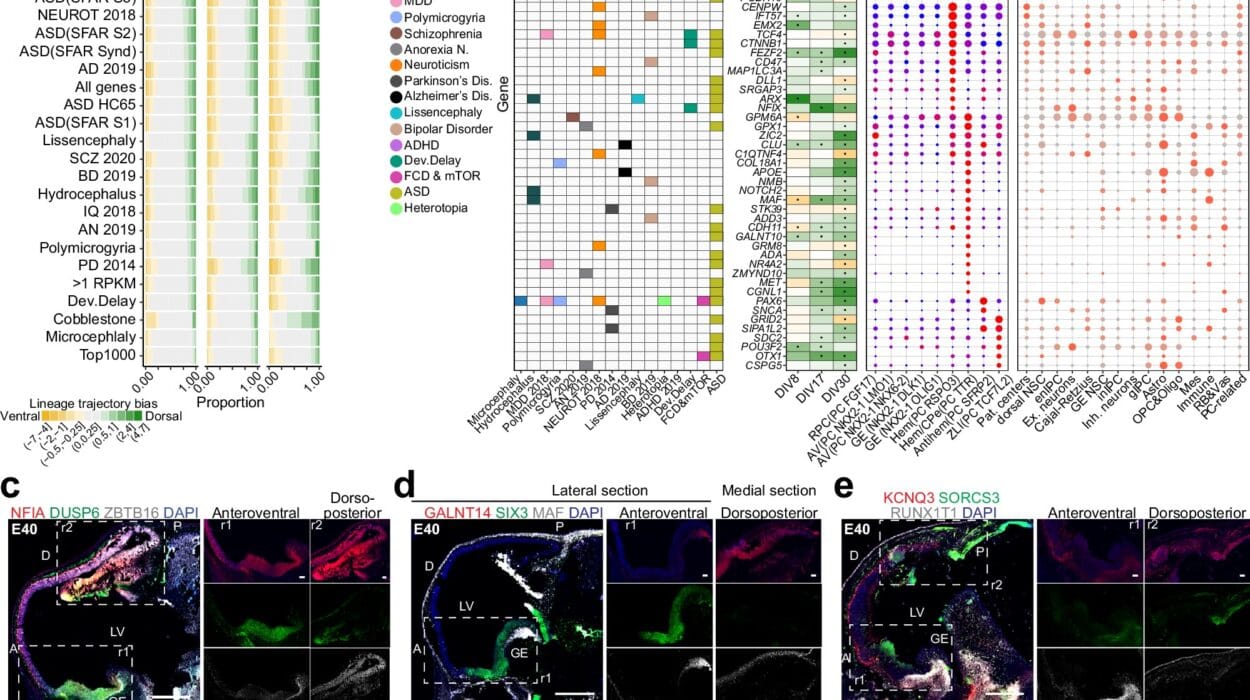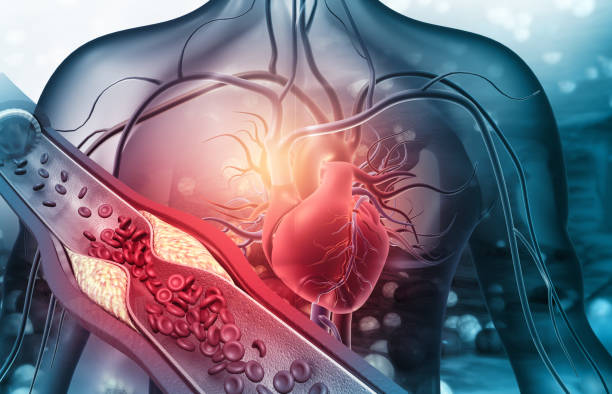The human body is equipped with a marvelously intricate defense system, a network of cells, tissues, and organs known collectively as the immune system. It functions with extraordinary precision, identifying and eliminating invaders such as bacteria, viruses, and other pathogens. In ideal conditions, this system is a loyal guardian, protecting us from harm without turning its weaponry on the very host it serves. But in the mysterious realm of autoimmune diseases, the immune system begins to see threats where none exist. It launches attacks not on foreign bodies, but on the body’s own cells and tissues.
An autoimmune disease occurs when this defense system, which is designed to distinguish “self” from “non-self,” becomes confused. The result is a biological betrayal—friendly fire waged from within. These diseases can affect almost any organ or system in the body, and their manifestations are as diverse as their triggers are elusive. From the destructive inflammation of rheumatoid arthritis to the neurological disruptions of multiple sclerosis, autoimmune diseases paint a complex and often heartbreaking portrait of human biology turned against itself.
The Delicate Art of Self-Recognition
At the heart of every autoimmune disease is a breakdown in the immune system’s ability to distinguish between self and invader. This ability, known as immunological tolerance, develops early in life. The immune system is trained to recognize the body’s own proteins and tissues and to leave them untouched while remaining vigilant against harmful intruders. But for reasons that are still not entirely understood, this training sometimes fails. The immune system, misreading signals or reacting to environmental triggers, begins to perceive parts of the body as foreign and launches an attack.
What happens next varies dramatically depending on the disease. In Type 1 diabetes, the immune system targets insulin-producing cells in the pancreas. In lupus, it’s almost as if the immune system throws up its hands and attacks everything, from the skin to the kidneys to the brain. The variability in symptoms and severity makes autoimmune diseases notoriously difficult to diagnose and treat.
Unraveling the Mystery of Cause
The question that looms largest is simple but elusive: Why does the immune system go rogue? Unfortunately, the answer is anything but straightforward. Genetics certainly play a role. People with a family history of autoimmune disease are more likely to develop one themselves, though which disease and when remain unpredictable. But genes alone do not tell the whole story. In fact, many people with genetic predispositions never develop autoimmune diseases at all.
Environmental triggers are thought to act as the spark that lights the autoimmune fire. Infections, particularly viral ones, have long been suspected of initiating autoimmune responses in genetically vulnerable individuals. Certain bacteria and viruses are known to mimic human proteins closely enough that when the immune system reacts to them, it may inadvertently begin attacking the body’s own tissues in a process called molecular mimicry. Other suspects include environmental toxins, diet, stress, and even the composition of the gut microbiome.
Gender also plays a striking role. Autoimmune diseases disproportionately affect women, especially during their reproductive years. Hormonal differences, particularly involving estrogen, are believed to contribute, though the precise mechanisms remain an active area of research.
A Kaleidoscope of Disorders
Autoimmune diseases are not a single condition but a family of over 80 known disorders, each with its own unique target and symptoms. Some are organ-specific, attacking a particular type of tissue. Others are systemic, affecting multiple organs or systems.
Rheumatoid arthritis, for example, primarily targets the joints, leading to chronic pain, swelling, and deformity. Multiple sclerosis attacks the protective covering of nerves in the central nervous system, disrupting communication between the brain and body. Psoriasis manifests on the skin, causing red, scaly patches that can be both painful and emotionally distressing. Celiac disease turns the immune system against gluten, a protein found in wheat and other grains, and damages the lining of the small intestine.
Then there’s lupus, the shape-shifting master of disguise. Systemic lupus erythematosus (SLE) can affect the skin, joints, kidneys, brain, and more, often mimicking other conditions and confusing physicians and patients alike. Its unpredictable course and varied symptoms have earned it the nickname “the great imitator.”
Despite their differences, these diseases often share common characteristics—chronic inflammation, periods of remission and flare-ups, and an underlying immune system dysfunction. These shared traits have encouraged scientists to search for common mechanisms and potential treatments that might benefit multiple autoimmune conditions at once.
The Diagnostic Odyssey
Diagnosing an autoimmune disease is rarely straightforward. Symptoms often appear gradually and mimic other, more common conditions. Fatigue, muscle aches, low-grade fevers, and joint pain can be early signs of many diseases—autoimmune and otherwise. Because of this, patients often endure months or even years of medical appointments, misdiagnoses, and uncertainty before receiving a definitive answer.
Doctors typically rely on a combination of medical history, physical examination, laboratory tests, and imaging studies to reach a diagnosis. Blood tests may look for markers of inflammation, such as elevated C-reactive protein or erythrocyte sedimentation rate. Autoantibodies—immune proteins that mistakenly target the body—are another clue. For instance, the presence of antinuclear antibodies (ANA) can indicate lupus or other autoimmune conditions.
But even with testing, the process is often more art than science. Autoimmune diseases can wax and wane, with symptoms flaring unpredictably. Test results may be inconclusive or vary from day to day. As a result, patients must often advocate fiercely for themselves, and doctors must act as medical detectives, piecing together clues to arrive at a diagnosis.
Living with an Invisible Enemy
Life with an autoimmune disease can be unpredictable, challenging, and isolating. For many, the most difficult part is the invisibility of the illness. Pain, fatigue, and cognitive fog may be severe, but these symptoms rarely show up on the outside. Friends, coworkers, and even family members may struggle to understand the true impact of the disease.
The emotional toll is significant. Many patients experience anxiety and depression, not only as a reaction to their symptoms but also because of the uncertainty that often accompanies the diagnosis. Will this flare be worse than the last? Will this medication work, or will its side effects be worse than the disease itself? How do you plan for a future when you don’t know what tomorrow will bring?
Despite these challenges, many people with autoimmune diseases lead full, meaningful lives. Advances in treatment, better public awareness, and stronger patient support networks have all contributed to improved quality of life. But the path is rarely easy, and it demands resilience, adaptability, and often a redefinition of one’s own identity.
The Treatment Puzzle
Treating autoimmune diseases is less about curing the condition—since there is rarely a true cure—and more about managing symptoms, preventing flare-ups, and preserving function. The cornerstone of most treatment strategies is immunosuppression, dampening the overactive immune response without leaving the body too vulnerable to real infections.
Corticosteroids like prednisone are often used to reduce inflammation during acute flare-ups. They work quickly but come with a long list of potential side effects, including weight gain, bone loss, and increased risk of infection. For longer-term management, doctors may turn to disease-modifying antirheumatic drugs (DMARDs), such as methotrexate, or to biologic agents—engineered molecules that target specific parts of the immune system.
Biologics have revolutionized the treatment of several autoimmune diseases, offering new hope to patients who previously had few options. Drugs like adalimumab and etanercept, which inhibit tumor necrosis factor (TNF), have shown remarkable efficacy in conditions like rheumatoid arthritis and Crohn’s disease. Newer biologics continue to emerge, targeting other pathways like interleukins and B cells.
Beyond medication, lifestyle modifications play a crucial role. Many patients find relief through dietary changes, stress reduction, and physical activity tailored to their abilities. The mind-body connection is strong in autoimmune disease, and practices such as yoga, meditation, and cognitive behavioral therapy can complement medical treatment.
The Future of Autoimmune Research
As science marches forward, so too does our understanding of autoimmune disease. The once-blurry outlines of these conditions are becoming clearer, thanks to advances in genetics, immunology, and systems biology. One of the most promising frontiers is the study of the microbiome—the trillions of bacteria, viruses, and fungi that live in our gut and play a critical role in regulating immunity.
Evidence is growing that imbalances in gut flora may trigger or exacerbate autoimmune conditions. Research is also delving into the role of environmental toxins, dietary antigens, and even early childhood exposures in shaping the immune system. Understanding these factors may help not only in treating autoimmune diseases but in preventing them altogether.
Precision medicine is another exciting area. By tailoring treatments to a patient’s specific genetic and immunological profile, doctors may one day be able to halt autoimmune attacks before they cause irreversible damage. Clinical trials are exploring everything from stem cell therapies to gene editing to personalized vaccines designed to retrain the immune system.
The dream of a universal cure remains elusive, but with each discovery, we move a step closer.
A Personal Battle, a Global Challenge
Autoimmune diseases affect millions worldwide, cutting across age, ethnicity, and geography. In the United States alone, it’s estimated that over 24 million people live with an autoimmune disorder, and many more remain undiagnosed. The impact on healthcare systems, productivity, and personal well-being is enormous.
Yet awareness of these conditions still lags behind. Misconceptions abound—about causes, treatments, and even legitimacy. Too often, patients are told that their symptoms are “in their head,” especially when standard tests return normal. The stigma surrounding invisible illnesses remains a barrier to both diagnosis and empathy.
Education is crucial—not just among medical professionals, but among families, employers, and communities. Understanding that autoimmune disease is real, complex, and deserving of serious attention is the first step in creating a more compassionate and informed society.
A Testament to the Immune System’s Power
In many ways, autoimmune disease is a stark testament to the immune system’s power—its ability to heal, to protect, and, when misdirected, to harm. The same cells that can ward off deadly infections or destroy cancerous tumors can also be the architects of chronic pain, disability, and suffering.
But this duality also offers hope. If the immune system can be recalibrated—if it can be taught once again to distinguish friend from foe—then healing is possible. Science is racing toward that goal, and each new insight brings us closer to a future where autoimmune diseases are not a life sentence but a manageable condition, or even a preventable one.
Until then, those living with autoimmune disease continue to fight battles both visible and hidden. Their courage, resilience, and refusal to give up offer a powerful reminder that while the body may falter, the human spirit remains indomitable.






